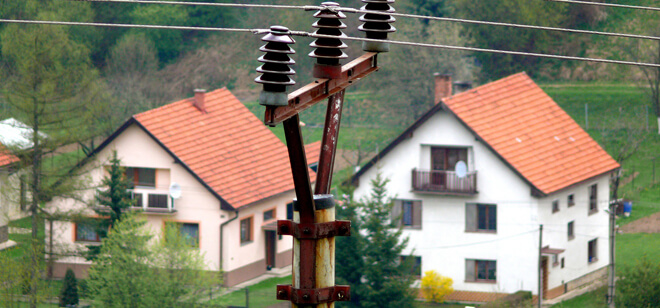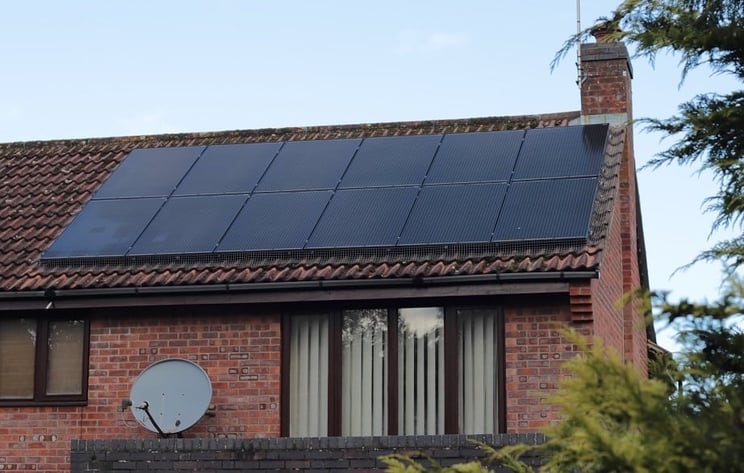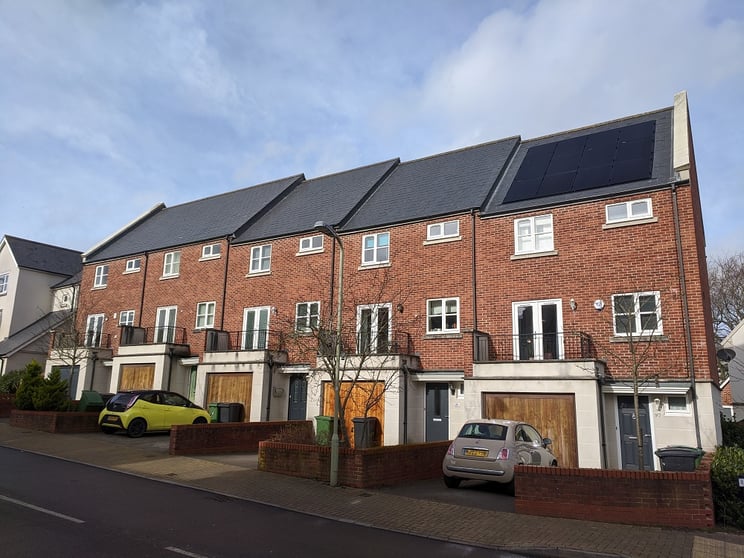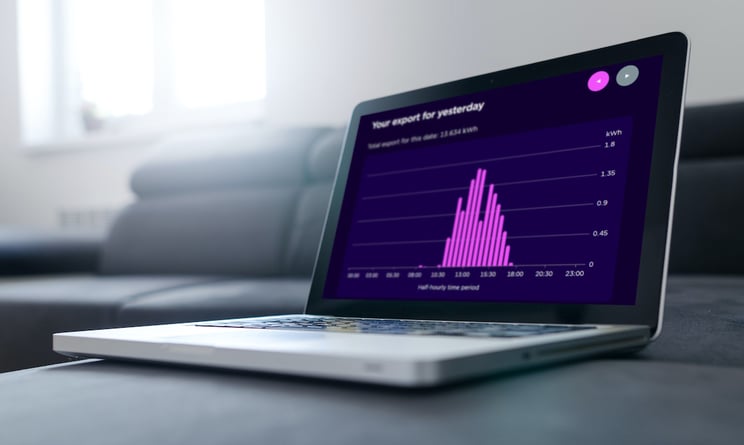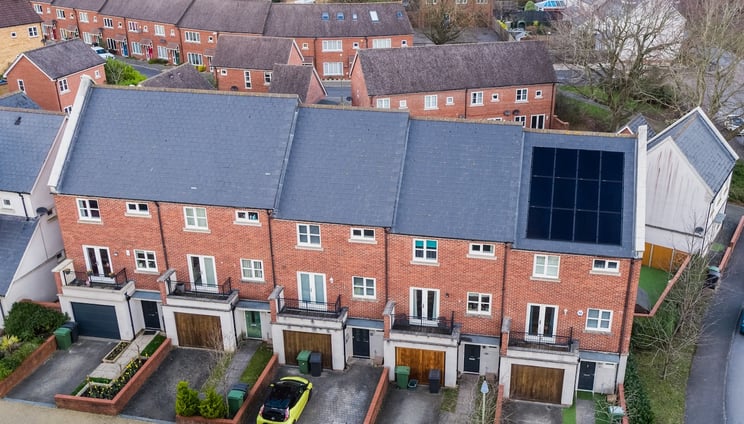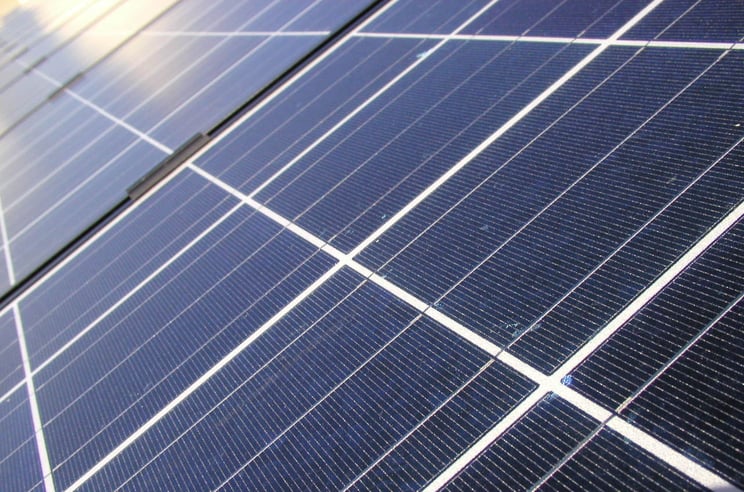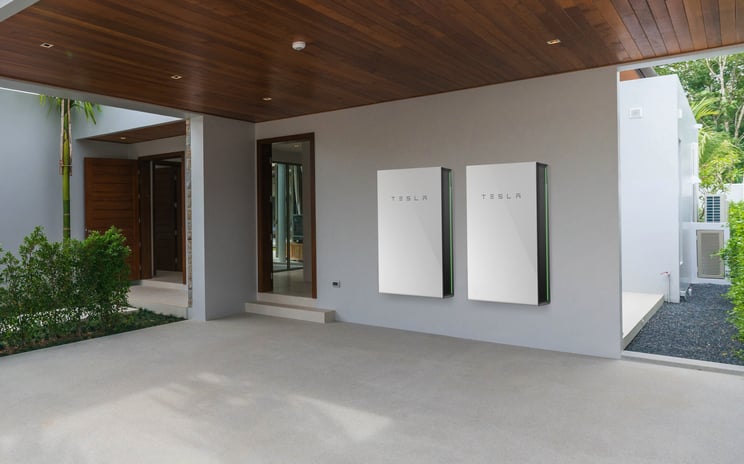Are you the owner of one of our 6,000+ installations that also gets paid a Feed-in Tariff?
Recent Posts
Although energy prices are expected to fall this summer, bills remain as unpredictable as ever, with energy prices double what they were in 2020. The government Energy Price Guarantee which effectively subsidies the unit rate of electricity and gas is due to come to a close in June, so our energy bills will once again be subject to Ofgem's price cap.
Topics: Battery storage, Tariffs
We often get enquiries from people who already have solar panels installed on their roof, but are keen to increase the amount of renewable energy they can produce. This might be because they had a battery fitted, or maybe their consumption has gone up with a new heat pump or electric car.
So what steps are there to overcome if you want to add more solar panels to your existing system to try and reduce your electricity bills even further?
Topics: Battery storage, Tariffs, Solar PV, Inverters
Today we’re going to take a look at a real world example of an average 4kWp domestic PV system we have installed to understand what affects solar panel output, including factors such as weather, season, angle and orientation.
We’re going to put the batteries, EV chargepoints and hot water units to one side and consider a house with only solar panels fitted. The problem with this setup is that unless the energy is used as it’s generated, it will be exported. This means to get your best payback, you should switch on the dishwasher while it’s sunny, rather than at night.
To get the best annual output, your system would ideally face south at around 35 degrees. The height of the sun in the sky moves quite a lot over the year, so getting the best possible output will not be attainable without a very expensive and complex trackable mounting system. Generally it will always be a compromise on the roof space, orientation and pitch available to you.
Topics: Solar PV
In the old days of solar PV, after your system was fitted, the only way to know how much power you produced was from the generation meter ticking up each day, or reading the screen on the inverter.
As inverters got better and integrated with WiFi, they allowed you to track daily, monthly and yearly production figures using your phone or computer. Although, one thing that you could never be sure of is the total amount of PV energy consumed on site.
But times have changed, and there are now much better ways of monitoring solar export and self consumption.
Last February, when the world was a very different place, Spirit installed SunPower panels in the roof of my new home - read all about the installation process here.
So it’s been just over a year now that I’ve been living with solar panels. Although not the best of years, it has been nice to work from home to maximise the use of my own solar energy. But how is my PV system doing? Has it performed anywhere near what my quote promised?
Topics: In roof solar panels, Solar PV
Today we’re going to answer some common questions around sizing solar PV systems, including the conditions that affect ‘clipping’ and achieving the maximum rated output.
In light of the recent news, the idea of being grid independent with your own power cut protection has become a lot more attractive.
We have had a number of customers interested in upgrading their solar PV or battery systems to protect them from power cuts. As we mentioned in a previous blog, a solar PV system alone will not protect you from an outage. With no batteries, if the power goes out, your PV system will switch off. This is a safety mechanism so that you do not discharge any excess PV energy to the grid and seriously injure someone if they are working to repair the grid near your house!
Even if you have a battery, some of them will not be able to island your property from the grid, which is the crucial step needed to have a backup system. Batteries need to follow strict DNO regulations to operate during a power outage as well, and will always need prior grid permission before installing.
Topics: Battery storage, Tesla Powerwall




.jpg?width=744&name=In-Roof%20Solar%20Panels%202%20(Custom).jpg)
